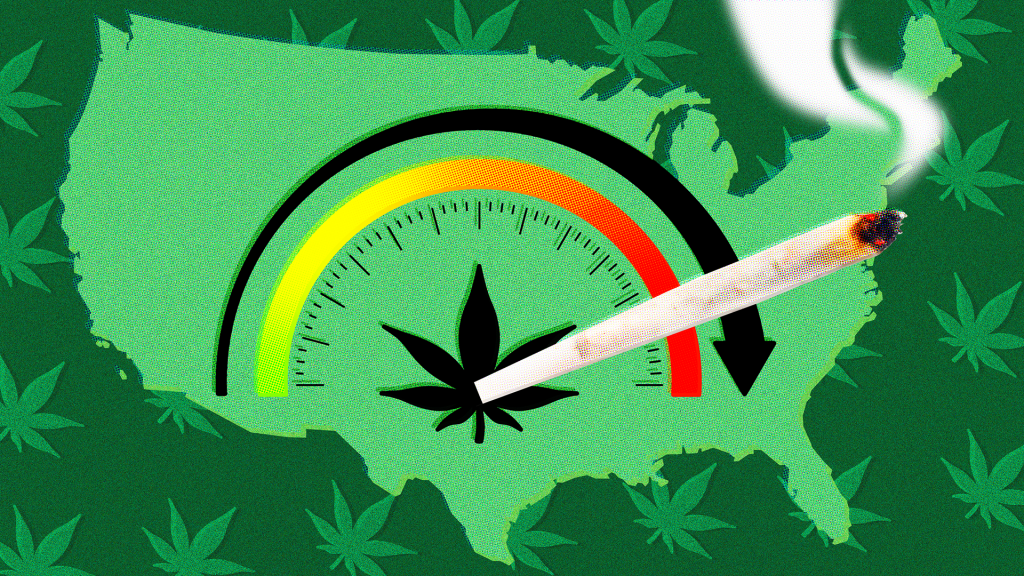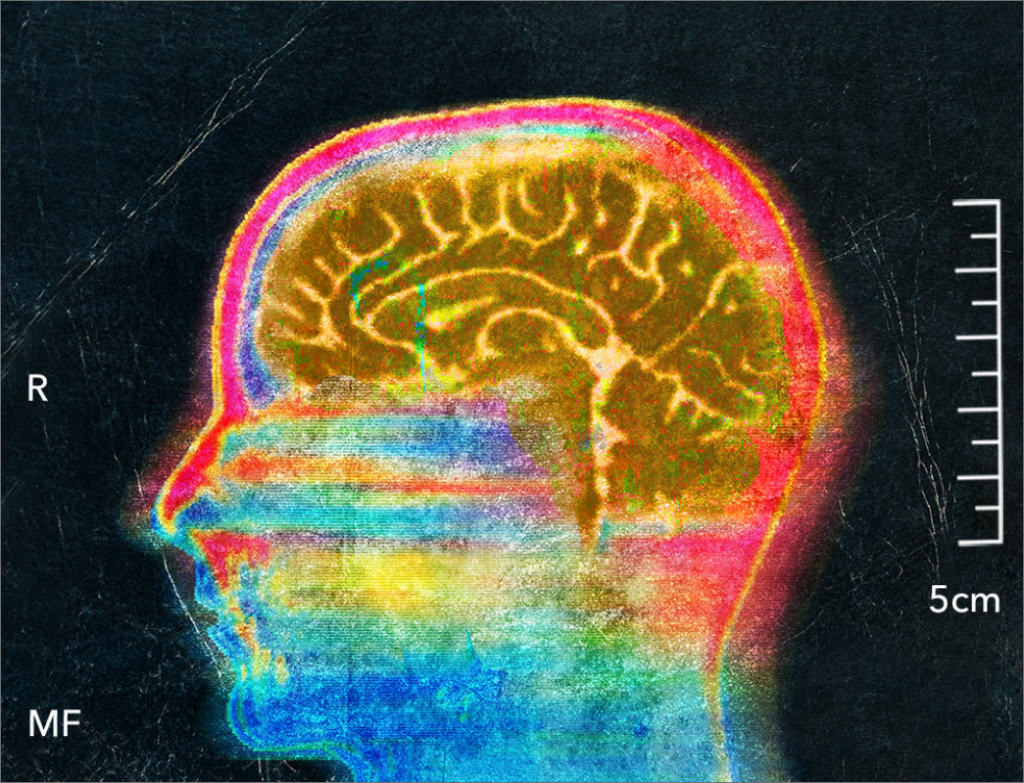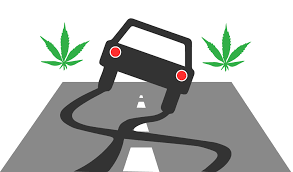The Science of Marijuana

Over the past few decades, the amount of THC in marijuana has steadily climbed; today’s marijuana has three times the concentration of THC compared to 25 years ago. The higher the THC amount, the stronger the effects on the brain—likely contributing to increased rates of marijuana-related emergency room visits. While there is no research yet on how higher potency affects the long-term risks of marijuana use, more THC is likely to lead to higher rates of dependency and addiction.

Trends in Marijuana Vaping and Edible Consumption From 2015 to 2018 Among Adolescents in the US
There is growing evidence associating adolescent marijuana use with developmental and societal consequences. Noncombustible marijuana use products are more accessible, but data on use trends compared with smoking marijuana had previously not been available. This study documents prevalence and trends from 2015 to 2018 in noncombustible marijuana use and differences by use frequency and sociodemographic characteristics (ie, sex, race/ethnicity, SES, and school urbanicity). Read More

Cannabis Use During Adolescence and Neurodevelopment
Results of a study designed to examine the degree to which magnetic resonance (MR) imaging-assessed cerebral cortical thickness development is associated with cannabis use in a longitudinal sample of adolescents suggest that cannabis use during adolescence is associated with altered neurodevelopment, particularly in cortices rich in cannabinoid 1 receptors and undergoing the greatest age-related thickness change in middle to late adolescence. Read More
Why Marijuana and the Teen Brain Don’t Mix
The brain does not stop developing until at least 25 years old! While it is developing, it is especially vulnerable to drugs and alcohol, which can functionally rewire the way we think. We are still learning about the impact high potency marijuana has on the brain, but here are some facts we have learned so far:
- In one study of 1,087 young adults, users of high potency marijuana were 4x more likely to abuse marijuana and 2x more likely to develop an anxiety disorder.
- Research suggests that smoking high-potency marijuana everyday could increase the chances of developing psychosis by nearly 5x.
- Another study shows that people who began using marijuana at a young age lost 6 – 8 IQ points by middle age. Even after discontinuing use, users did not regain these IQ points.

The Substance Abuse and Mental Health Agency reports that marijuana is the most commonly used illicit substance in the United States, according to results from the 2018 National Survey on Drug Use and Health. An estimated 43.5 million individuals reported using marijuana during the past year. Marijuana use is widespread among young people. Some statistics of its use include:
- 3.1 million adolescents aged 12 to 17 (about 1 in 8) used marijuana in the past year
- 11.8 million young adults aged 18 to 25 (about 1 in 3) used marijuana in the past year
- 14% of 8th graders have used marijuana in their lifetime
- 33% of 10th graders have used marijuana in their lifetime
- 44% of 12th graders have used marijuana in their lifetime
- 22% of 12th graders have used marijuana in the past month
- 6% of 12th graders (about 1 in 16) use marijuana on a daily basis
Click Here for More on the Effects of Marijuana on the Teenage Brain

Unintentional Pediatric Cannabis Exposure after Legalization of Recreational Cannabis in Canada
An evaluation of changes in pediatric emergency department (ED) visits and hospitalizations was conducted due to an increase in cannabis exposures among young children after legalization of recreational cannabis. Results indicated that there were 522 ED visits due to cannabis exposures among children including 81 visits during prelegalization, 124 visits during period 1 (the period after legalization of flower products) , and 317 visits during period 2 (the period after commercial edibles became available). Read More

Cannabis Legalization and Link to Increase in Fatal Collisions
Legalization of recreational cannabis may be associated with an increase in fatal motor vehicle collisions based on data from the United States, and authors discuss the implications in an analysis in CMAJ (Canadian Medical Association Journal). Read More
With Pot Rules Relaxed, More U.S. Teens Driving While High: Study
According to a new study lead by researcher Dr. Motao Zhu, professor of epidemiology at Ohio State University College of Public Health, the wave of marijuana legalization that has swept the United States has likely contributed to the problem of driving under the influence by making pot easier than ever to obtain. Survey results on youth risk behaviors indicates that overall twice as many teens report driving under the influence of marijuana than admit to drinking and driving. Read More

Poison Control Centers Nationally Report Rise in Calls Amid Delta-8 Craze
Poison control centers across the country are reporting a rise in calls from those who have ingested the cannabinoid, delta-8 tetrahydrocannabinol (THC). At least four states have issued public warnings regarding the cannabinoid, according to local news reports: Michigan, West Virginia, Virginia and North Carolina. So far this year, as of July, the North Carolina Poison Control Center reported 157 cases related to delta-8, according to the Winston-Salem Journal. Virginia is reporting “dozens” of calls this year. Read More